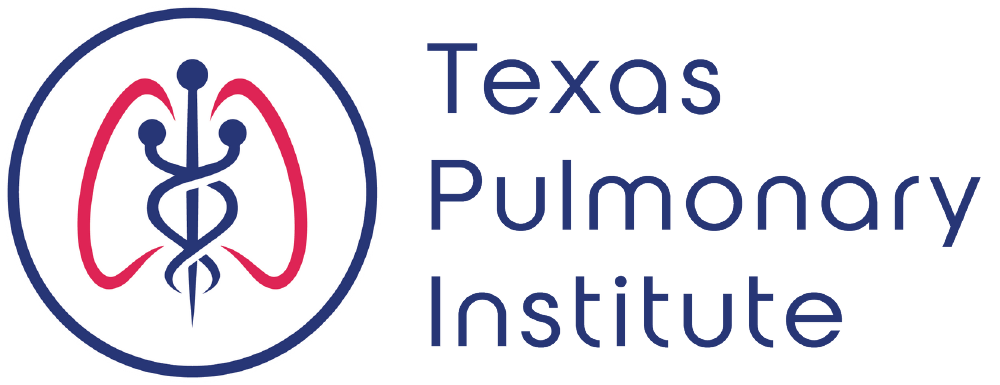Symptoms of IPF
The main symptom of IPF is shortness of breath with activity, which exists in almost everyone as the disease progresses.
- In fact, in IPF, shortness of breath often limits physical activity. People with IPF may have to slow down, rest and recover throughout an activity or even give up physical activities they once did with ease.
- Many people with IPF notice they have the most trouble walking quickly, climbing stairs, or going up inclines.
- About 85% of people with IPF will have a cough. The most frequently occurring symptoms of IPF (shortness of breath, cough and fatigue)
High Risk
- IPF is usually diagnosed in people between the ages of 50 and 80 years.
- IPF is very uncommon in people under the age of 50 years.
- Men are at higher risk than women.
- A past or current history of smoking cigarettes or working in a dusty environment also increases the risk of developing IPF.
- IPF sometimes runs in families, and there are several genes associated with its development
Possible Treatment
- Pirfenidone and nintedanib are two anti-fibrotic drugs that are used for the long-term treatment of IPF. Antifibrotic means that the drugs block scarring. Scar formation in the lungs is complex and involves many different types of cells.
- Oxygen therapy can relieve shortness of breath by increasing blood oxygen levels.
- Pulmonary rehabilitation is a safe way to exercise under supervision. pulmonary rehabilitation program can help you improve your energy level, reduce your shortness of breath, give you a better understanding of your IPF.


